Vivan Las Mujeres Y Las Madres. I Wonder The Source Of These Two Awesome Pictures.
Vivan las mujeres y las madres. I wonder the source of these two awesome pictures.


The first teachers, the first leaders, the first guardians and the first revolutionaries.
More Posts from Dia-ar-te and Others
We do not heal the past by dwelling there; we heal the past by living fully in the present.
Marianne Williamson (via onlinecounsellingcollege)
Beautiful documentary! Vivan los pueblos afro-descendientes de Latino America y todos los lugares en el mundo.
"Así somos: Afro Identities in the Coast"
The Coast of the Mexican states of Oaxaca and Guerrero have the highest population of afro-descendants in the entire country. This documentary was created because the people from the coast of Oaxaca requested that I film our talks on identity and blackness. The recordings take place in the towns of Charco Redondo and Chacahua, both in Oaxaca.
This is something I put together last minute because I had no intention of making a documentary. It’s really basic but I wish only to give the people from the Coast representation as invisibilization of the Black race in Mexico is common. Rarely does someone think about Mexico when they think of the African diaspora, even though more enslaved Africans went to Mexico and Perú combined than the United States.
This documentary is intended to bring awareness of the African diaspora in Mexico and to help begin conversations on identity and blackness.
//
"Así somos los Negros."
La Costa de los estados mexicanos de Guerrero y Oaxaca tienen la población más alta de afrodescendientes en todo la República. Este documental fue creado porque la gente de la Costa de Oaxaca me pidieron que grabe nuestras platicas de la identidad y la negritud.Este trabajo fue realizado en los pueblos de Charco Redondo y Chacahua, ambos en el estado de Oaxaca.
Esto lo realicé al último minuto porque no tenía ningún intención de elaborar un documental. Mi intención con este trabajo es de darle representación a la gente Negra del la Costa que son invisibilizadas. Raramente uno piensa de México cuando piensa de la diáspora africana aunque más africanos esclavizadas fueron a México y Perú que los Estados Unidos.
Este documental es para crear conciencia de la diaspora africana en México y para desarrollar las temas de la identidad y la negritud.

“My parents brought me from Guatemala when I was fourteen. Immigration wasn’t as big of a deal back in the 70’s. When I got to New York, I joined a soccer team with players from ten different countries. And you could just go to work and nobody asked any questions. My mother worked as a housekeeper at the Hilton for forty years. I was lucky. I didn’t have too hard of a time. I got to come over on a plane. But today it’s different. Right now, as we speak, people are hiding in bushes by the border. They’re running through deserts and swimming across rivers just to feed their families. I feel very bad for them. Things are very tough for the Latino immigrant. But it’s our turn. The last one to arrive has to pay for the broken dishes. You’ve got to blame somebody for the problems. It’s been like that since the first Thanksgiving. First it was the Irish, then the Polish, then the Italians. When the war came it was the Japanese. It’s just our turn. I’ve considered myself an American since I was born. I was born in Central America so that makes me an American—you guys even try to claim the name! I love the Yankees, the Giants, and the Mets. But it’s not too important what you call me. I’m just Louis, from Guatemala, living in New York. And I’m the luckiest guy alive.”
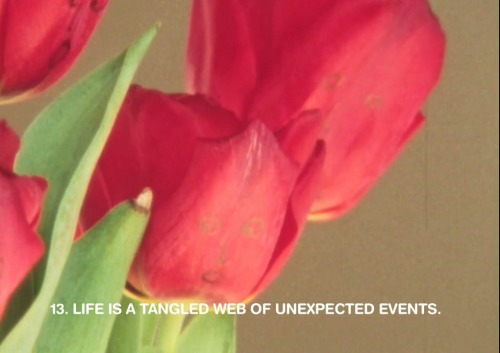
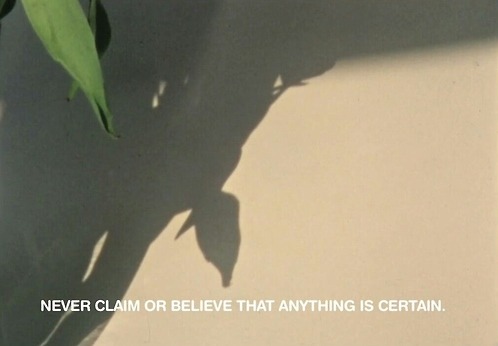
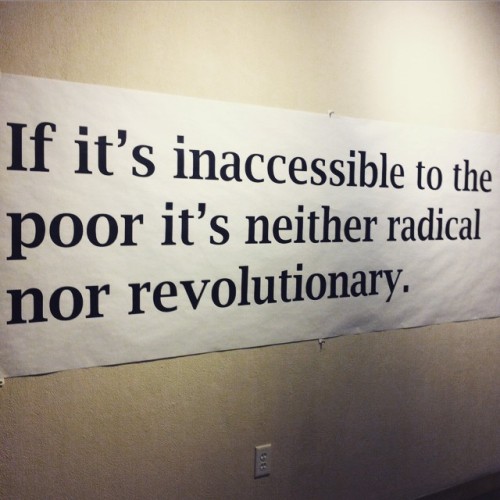
Truth seen at MCAD. By Jonathan Herrera: http://www.phabiocrafty.com
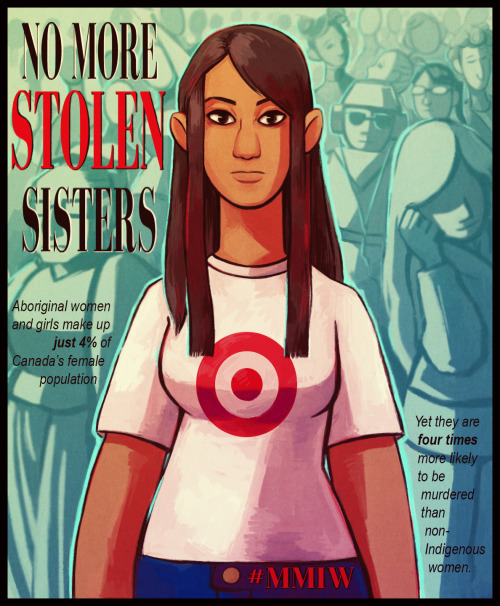
A school poster assignment in which I chose to focus on Canada’s epidemic levels of violence towards Aboriginal women. If you’re interested in learning more, the page for Amnesty Canada’s No More Stolen Sisters provides some basic information. The #MMIW (Missing and Murdered Indigenous Women) tag on Twitter will give you more of a personal idea of how this effects Aboriginal communities across the country.
Our government refuses to even acknowledge that this is a legitimate societal issue, and I think it’s something that deserves a lot more international attention than it has received.
Mothers
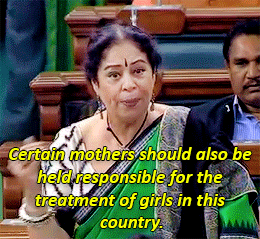
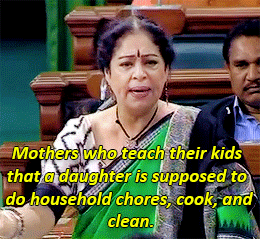
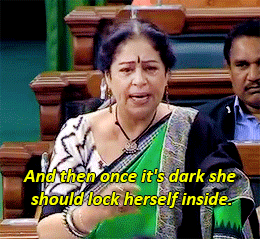
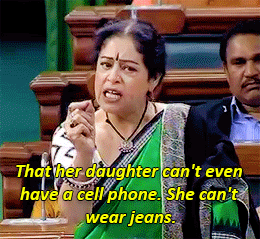
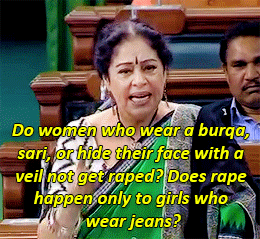
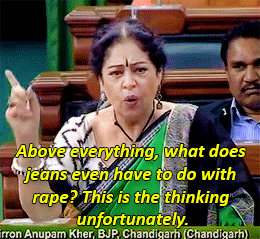

Message of the night -- beautiful painting found at Itzy's place. #LetGo #detachment

Happy Birthday to one of my many Feminist icons Bell Hooks!🙌🏽💕 @femalecollective
-
 zlrron liked this · 3 years ago
zlrron liked this · 3 years ago -
 devynvsworld liked this · 3 years ago
devynvsworld liked this · 3 years ago -
 sowboe liked this · 3 years ago
sowboe liked this · 3 years ago -
 scramirez reblogged this · 3 years ago
scramirez reblogged this · 3 years ago -
 smoothbrainsoftheart reblogged this · 3 years ago
smoothbrainsoftheart reblogged this · 3 years ago -
 j19988991j reblogged this · 3 years ago
j19988991j reblogged this · 3 years ago -
 j19988991j liked this · 3 years ago
j19988991j liked this · 3 years ago -
 epiclonerr liked this · 3 years ago
epiclonerr liked this · 3 years ago -
 atebu reblogged this · 3 years ago
atebu reblogged this · 3 years ago -
 katocrossesthecourtyard liked this · 3 years ago
katocrossesthecourtyard liked this · 3 years ago -
 buikemap liked this · 3 years ago
buikemap liked this · 3 years ago -
 blackdeath1346 liked this · 3 years ago
blackdeath1346 liked this · 3 years ago -
 quinlan1973 liked this · 3 years ago
quinlan1973 liked this · 3 years ago -
 one21two liked this · 3 years ago
one21two liked this · 3 years ago -
 ai-corp liked this · 3 years ago
ai-corp liked this · 3 years ago -
 gadockworld liked this · 3 years ago
gadockworld liked this · 3 years ago -
 yannakissecae liked this · 3 years ago
yannakissecae liked this · 3 years ago -
 bodoqueblue liked this · 3 years ago
bodoqueblue liked this · 3 years ago -
 wakingvividream liked this · 3 years ago
wakingvividream liked this · 3 years ago -
 xxxkahloxxx liked this · 3 years ago
xxxkahloxxx liked this · 3 years ago -
 profgrewbeard liked this · 3 years ago
profgrewbeard liked this · 3 years ago -
 allthingsmustgeorge liked this · 3 years ago
allthingsmustgeorge liked this · 3 years ago -
 mossworldsstuff liked this · 3 years ago
mossworldsstuff liked this · 3 years ago -
 hallucinationavenue reblogged this · 3 years ago
hallucinationavenue reblogged this · 3 years ago -
 hallucinationavenue liked this · 3 years ago
hallucinationavenue liked this · 3 years ago -
 61rlsn6uns liked this · 3 years ago
61rlsn6uns liked this · 3 years ago -
 moonsabbathfire reblogged this · 3 years ago
moonsabbathfire reblogged this · 3 years ago -
 musclekittysenpai liked this · 3 years ago
musclekittysenpai liked this · 3 years ago -
 thetripbeginswithakiss reblogged this · 3 years ago
thetripbeginswithakiss reblogged this · 3 years ago -
 all-manner-of-amusement liked this · 3 years ago
all-manner-of-amusement liked this · 3 years ago -
 lorenzoci liked this · 3 years ago
lorenzoci liked this · 3 years ago -
 unknownsystematic liked this · 3 years ago
unknownsystematic liked this · 3 years ago -
 digitvintage reblogged this · 3 years ago
digitvintage reblogged this · 3 years ago -
 digitvintage liked this · 3 years ago
digitvintage liked this · 3 years ago -
 doomwhathouwilt reblogged this · 3 years ago
doomwhathouwilt reblogged this · 3 years ago -
 sp3ctation liked this · 3 years ago
sp3ctation liked this · 3 years ago -
 baby--takemehigher liked this · 3 years ago
baby--takemehigher liked this · 3 years ago -
 thefly1986movie liked this · 3 years ago
thefly1986movie liked this · 3 years ago -
 deeplysup liked this · 4 years ago
deeplysup liked this · 4 years ago -
 sundaigal reblogged this · 4 years ago
sundaigal reblogged this · 4 years ago -
 sxnyarostova liked this · 4 years ago
sxnyarostova liked this · 4 years ago -
 blessthishouse liked this · 4 years ago
blessthishouse liked this · 4 years ago -
 luumluum reblogged this · 4 years ago
luumluum reblogged this · 4 years ago
I am an indigenous-mestiza-afrodescendent trans-national Latina sister from the picturesque South American city of Guayaquil and brought up in East Flatbush, Brooklyn. I love and respect my journey in exploring my browness and my womanhood.
247 posts
